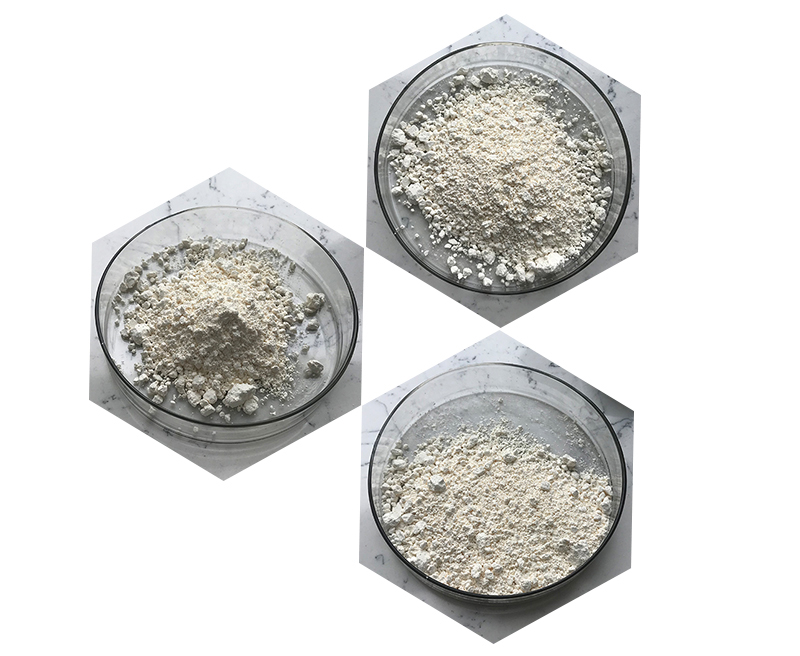Natamycin is an antifungal agent used primarily as a preservative in food, particularly dairy products, and in medical applications for treating fungal infections. Here’s an overview of its process and current status:
1. Overview of Natamycin
Natamycin (also known as pimaricin) is a polyene macrolide antifungal antibiotic produced by Streptomyces natalensis. It has a broad spectrum of activity against fungi, particularly those that cause food spoilage and infections. Its primary mechanism of action is by binding to ergosterol, a key component of fungal cell membranes, disrupting their integrity and leading to cell death.
2. Application in Food Preservation
Food Industry: Natamycin is approved as a food preservative in many countries, primarily for use in dairy products like cheese, and for certain processed meats. Its function is to prevent the growth of molds and yeasts, which can spoil food. It is particularly effective against molds on cheese surfaces.
Approval Status: The European Food Safety Authority (EFSA) and the U.S. Food and Drug Administration (FDA) have approved natamycin for use as a food preservative, with regulations on its permissible levels in different products.
- FDA: Natamycin is listed as “Generally Recognized as Safe” (GRAS) for use in food.
- EFSA: The substance is permitted under the EU food additive regulations, with specific limits on concentrations for various foods.

3. Pharmaceutical Applications
Natamycin is used as an antifungal treatment in medicine, primarily in topical formulations for treating superficial fungal infections.
Ophthalmic Use: Natamycin is commonly used as an eye drop for treating fungal keratitis and other fungal infections of the eye.
Topical Use: It is also available in creams, ointments, or solutions for the treatment of skin infections caused by fungi (e.g., ringworm, athlete’s foot).
Formulation: It is formulated as 5% cream or ointment for skin infections, and as 0.3% or 0.1% ophthalmic solution for eye infections.
Effectiveness: Natamycin is highly effective against a range of fungal infections, especially those caused by Candida and Aspergillus species, but it has limited systemic absorption when used topically, making it relatively safe for localized treatments.
4. Market and Research Status
Commercialization: Natamycin has been on the market for several decades, and its use in both food and pharmaceuticals is well-established.
Research: Ongoing research is focused on improving its formulation, such as developing more effective delivery methods for ocular and skin applications. There are also studies investigating its potential use in broader antifungal treatments or in combating emerging resistant fungal strains.
Challenges: While natamycin is generally well-tolerated, its use in food applications is sometimes limited by consumer preference for natural preservatives and the availability of alternative antimicrobial agents in food safety. The regulatory framework can also vary between countries, affecting its availability and use.
5. Regulatory Status
U.S.: Approved for use in food and as an over-the-counter ophthalmic solution.
EU: Approved for use as a food additive and in medical applications.
Other Regions: In many other parts of the world, including Asia and Latin America, natamycin’s status is similar, with approval for food preservation and medical uses, although regulations may vary slightly.

6. Future Directions
Synthetic Biology: New production methods for natamycin through engineered microorganisms or synthetic biology techniques may help reduce costs and improve availability.
Fungal Resistance: Although fungal resistance to natamycin is not a major issue currently, research is being done into understanding how resistance might develop and ways to combat it.
In summary, natamycin continues to be a valuable tool in both food preservation and antifungal treatment, with a stable and regulated status in many markets. However, ongoing research and regulatory updates could influence its use in the future.
